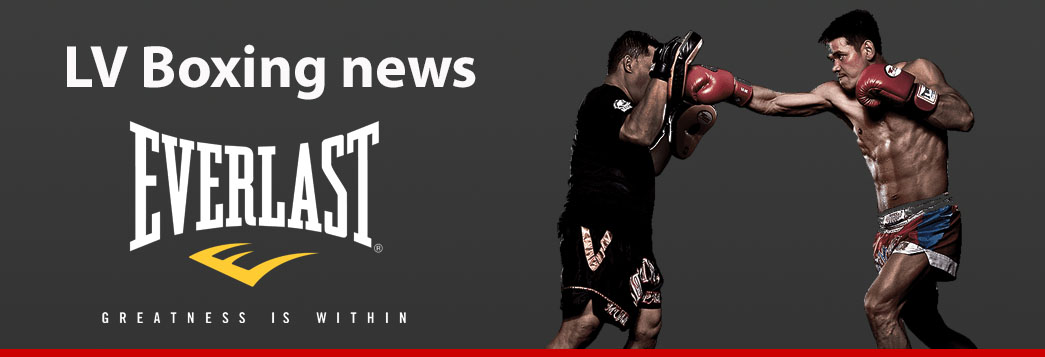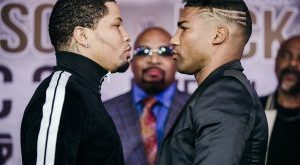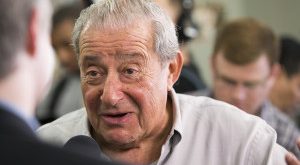By: Jesse Donathan
Even if you’re a “filthy casual,” as the MMA Twitter community has affectionately dobbed non-hardcore mixed martial arts fans, you’ve probably heard the news that former bantamweight champion T.J. Dillashaw recently tested positive for the banned substance erythropoietin (EPO). Erythropoietin is Lance Armstrong famous, being one of a handful of drugs centered in the legendary cyclist’s now infamous doping scandal, though according to The Sun columnist Duncan Wright’s June 30, 2017 NY Post article titled, “Lance Armstrong’s doping was all for nothing,” there is some question to the exact extent EPO’s performance enhancing effectiveness.
Wright would go on to explain that, “a groundbreaking new study has found the controversial substance has no effect on sporting performance, meaning Armstrong was wasting his time.”

“The study, published in the medical journal The Lancet, had scientists work with a group of 48 cyclists taking on a series of grueling rides, including the Mont Ventoux ascent, which is part of the Tour de France.” The article would go on to lay out the basic outline of this very interesting study, where half of the participants were doped with EPO and the other half were given a “dummy substance.”
The results of the study may or may not surprise you. According to Wright, “the tests revealed at the end of the grueling rides that the average results of the two groups of riders showed no difference at all. Though the riders injected with EPO showed higher concentrations of hemoglobin, it did nothing to improve heart rate, body efficiency or breathing.”
Dillashaw “voluntarily relinquished” his 135-poound UFC bantamweight title after an adverse finding with the New York State Athletic Commission (NYSAC) and U.S. Anti-Doping Agency (USADA) according to a March 20, 2019 ESPN article by Ariel Helwani. Dillashaw is coming off a failed bid to capture the UFC flyweight title from champion and Olympic gold medalist Henry Cejudo in January, beaten like a red headed stepchild in a one-sided contest that ended in just 32 seconds into round number one.
Not only did EPO fail to improve heart rate, body efficiency or breathing for those cyclists in the study cited above but it also failed to save T.J. Dillashaw from the relentless assault of a former Olympic gold medalist wrestler inside the cage as well.
“Controversy arose over the agency’s handling of Dillashaw’s previous tests after issuing a two-year suspension to the former bantamweight titleholder, when USADA revealed that at least one test conducted on Dec. 28 wasn’t initially screened for EPO,” writes mmajunkie.com’s Steven Marrocco and John Morgan in their April 12, 2019 article titled “Jeff Novitzky says ex-UFC champ T.J. Dillashaw was previously tested for EPO.”
This latest controversy of course coming on the heels of Jon Jones’s now notorious run through the UFC, USADA and numerous athletic commissions anti-doping policies, competing while testing positive for picograms of metabolites associated with the performance enhancing drug Turinabol.
“All the testing … is strategic testing,” Novitzky said. “There’s a reason behind the test that they do,” Novitzky told mmajunkie.com. Confirming my long-held suspicions of how the UFC’s anti-doping policy is administered in a rather candid and frank explanation as to how Dillashaw seemed to have slipped through the cracks for as long as he did.
Interestingly, Novitzky would go on to elaborate on exactly how that might have occurred, “when it comes to EPO analysis, what I believe they’re doing is passport information, so they’re looking at urine and blood markers over time.”
“That data is put into a computer, and there’s an algorithm that would spit out something that would have a red flag or be a bit suspicious, and those fighters are the ones that they want to dedicate extra testing dollars to.” So, part of the anti-doping strategy is apparently to rely on an algorithm to detect potential performance enhancing drug users in an effort to save money instead of blanket, across the board tests for all fighters which would be extraordinarily cost prohibitive for the world’s premiere mixed martial arts organization.
According to mmajunkie, “even UFC President Dana White was taken aback at the idea that Dillashaw might have evaded scrutiny.”
“What shocked me is what I’m paying USADA and that that didn’t get caught earlier,” White told mmajunkie.com in what should surprise absolutely nobody considering an algorithm of all things is used to detect possible red flag samples instead of across the board testing for all fighters or for that matter even common sense itself. White’s reaction amounting to little more than crocodile tears in my opinion as the guy allegedly footing the bill for the tests attempts to obfuscate the fact, he is in fact not paying for the tests at all unless the algorithm red flags an athlete’s samples. Which gives the UFC and everyone else a pretty good excuse, plausible deniability if you will when the tough questions start rolling in.
According to a November 8, 2008 spiegel.de article titled, “The Dealer Olympias” a coach of former Olympian Marion Jones named Angel “Memo” Heredia claimed the winner of the 100-meter finals in the 2008 Beijing Olympics would not be a “clean Olympic champion.” In Heredia’s estimation, there won’t even be a clean participant.
“Of eight runners,” Spiegel asks Heredia, eight will be doped according to Heredia in what is to this day one of the most eye opening and enlightening articles on performance enhancing drug use I have ever read in the arena of sporting competition.
“All countries, all associations, all top athletes are affected, and those responsible include the major shoe companies,” explains Heredia in describing the landscape of performance enhancing drug use as it pertains to the modern era of the sporting industry today.
“I know athletes who have broken records and were injured a year later, and then the call came, ‘We’re going to downgrade you by 50 percent.’ What do you think the athletes do?”
What Heredia is testifying to is the atmosphere of incentivized, performance-based bonuses that naturally create the drive for athletes to go above and beyond the call of duty in order to be successful. Especially when the consequences of not performing well can mean the difference between a livable wage and abject poverty. When was the last time an athlete was ever rewarded with a multimillion-dollar contract or performance-based bonus for being a good sport, playing fair or coming in next to last place?
With this in mind, should anyone really be surprised that athletes at the top of their sport are testing positive for illegal, performance enhancing drugs? So why are we relying on algorithm’s detect potential red flag athletes instead of blanket, across the board testing for all fighters and pretending to be surprised when athlete evades detection for as long as some seem to do? Maybe it’s because, “all the testing … is strategic testing?” And that, “there’s a reason behind the test that they do?” Or conversely, don’t do. The appearance of regulation and integrity far more important than the legitimate implementation of it. Like with EPO, the apparent effectiveness of the regulatory bodies themselves very much open to interpretation.





